Description
Peanut hay grass for sale: Learn about the nutritional benefits, harvesting, and feeding strategies of using in feeding livestock. Buy in large scale now.
Peanut hay grass for sale
Peanut Hay: An Underrated Forage Option for Cattle Feeding
Cattle producers are constantly seeking cost-effective and nutritious forage options to maximize animal performance. While traditional grasses like bermudagrass and fescue are common, peanut hay is emerging as a valuable alternative, offering a unique blend of benefits for cattle feeding.
What is Peanut Hay?
Peanut hay is the dried aerial portion of the peanut plant, consisting of the stems and leaves remaining after the peanut pods are harvested. Traditionally considered agricultural waste, peanut hay is now recognized for its potential as a valuable livestock feed. It’s typically baled like other types of hay and can be stored for later use.
Nutritional Value of Peanut Hay:
Peanut hay offers a surprisingly rich nutritional profile, making it a viable feed source for cattle, particularly when other high-quality forages are scarce or expensive. Key nutritional aspects include:
- Protein: Peanut hay boasts a relatively high protein content compared to many grass hays, typically ranging from 8% to 14% depending on factors like peanut variety, maturity at harvest, and curing practices. This makes it particularly useful for supporting growth and lactation in cattle.
- Fiber: As a roughage source, peanut hay provides essential fiber for rumen function and digestive health. This fiber aids in stimulating rumination and maintaining a healthy gut microbiome.
- Digestibility: While the fiber content is substantial, peanut hay can still be reasonably digestible, especially if harvested at an optimal maturity stage.
- Minerals: Peanut hay also contains essential minerals like calcium, phosphorus, and potassium, contributing to overall animal health and well-being.
Benefits of Feeding Peanut Hay to Cattle:
Utilizing peanut hay as a cattle feed offers several advantages:
- Cost-Effectiveness: Peanut hay is often a more economical alternative to conventional hays, especially in regions where peanuts are widely grown. Utilizing what was once considered waste can significantly reduce feed costs.
- Improved Protein Intake: The higher protein content of peanut hay can reduce the need for supplemental protein sources, such as soybean meal or cottonseed meal, further contributing to cost savings.
- Rumen Health: The fiber content promotes healthy rumen function and digestion, reducing the risk of digestive upset in cattle.
- Year-Round Feed Availability: Proper baling and storage allow farmers to utilize peanut hay throughout the year, ensuring a consistent feed supply even during the off-season.
- Sustainable Agriculture: Using peanut hay as feed promotes sustainable agriculture by utilizing a byproduct that would otherwise be discarded.
Considerations for Feeding Peanut Hay:
While peanut hay offers many benefits, there are some important considerations:
- Harvesting and Curing: Proper harvesting and curing techniques are crucial to prevent mold growth and preserve the nutritional value of the hay. It should be cut at the appropriate maturity stage and allowed to dry sufficiently before baling.
- Peanut Variety: Different peanut varieties can influence the nutritional content of the hay. Researching the specific variety grown in your area can help determine its suitability as feed.
- Foreign Material: Ensuring minimal contamination from soil, rocks, or other debris during harvesting is important to prevent dental damage and digestive issues in cattle.
- Supplemental Feed: While peanut hay can contribute significantly to the diet, it’s important to consider supplementing with other feedstuffs to meet the specific nutritional requirements of different classes of cattle (e.g., growing calves, lactating cows). A veterinarian or animal nutritionist can help determine the appropriate supplementation strategy.
- Palatability: Some cattle may take time to adjust to the taste and texture of peanut hay. Gradual introduction into the diet can help improve palatability.
Conclusion:
Peanut hay represents a valuable and often overlooked resource for cattle producers. Its cost-effectiveness, relatively high protein content, and contribution to rumen health make it a compelling alternative to traditional hays. By understanding its nutritional profile and implementing proper harvesting and feeding practices, cattle farmers can effectively utilize peanut hay to improve animal performance and reduce feed costs while promoting more sustainable agricultural practices. However, it’s crucial to consult with an animal nutritionist to determine the best way to incorporate peanut hay into a balanced diet that meets the specific needs of the herd.
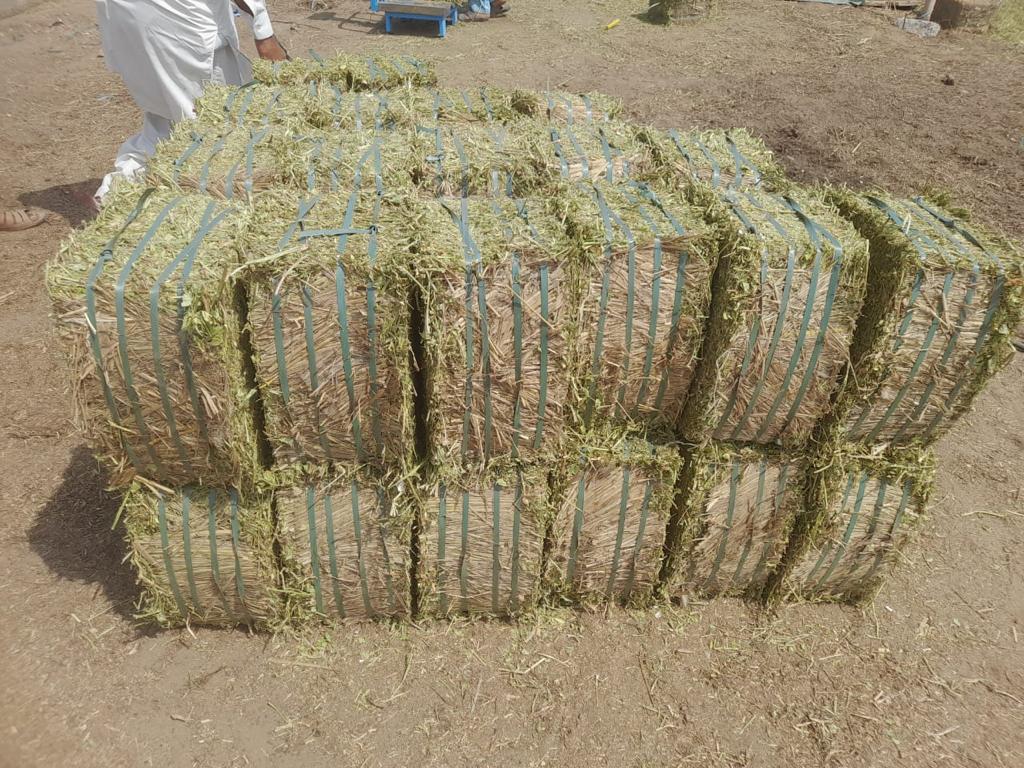
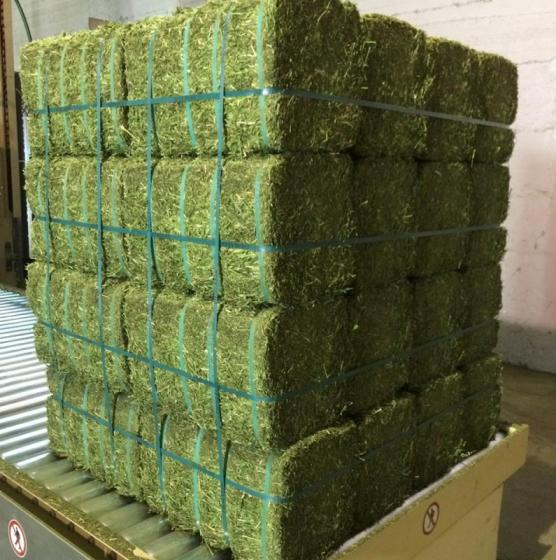
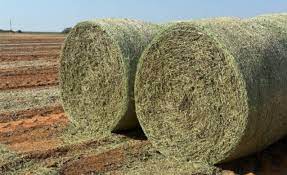
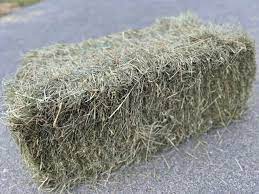
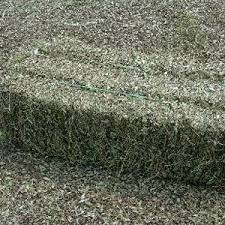
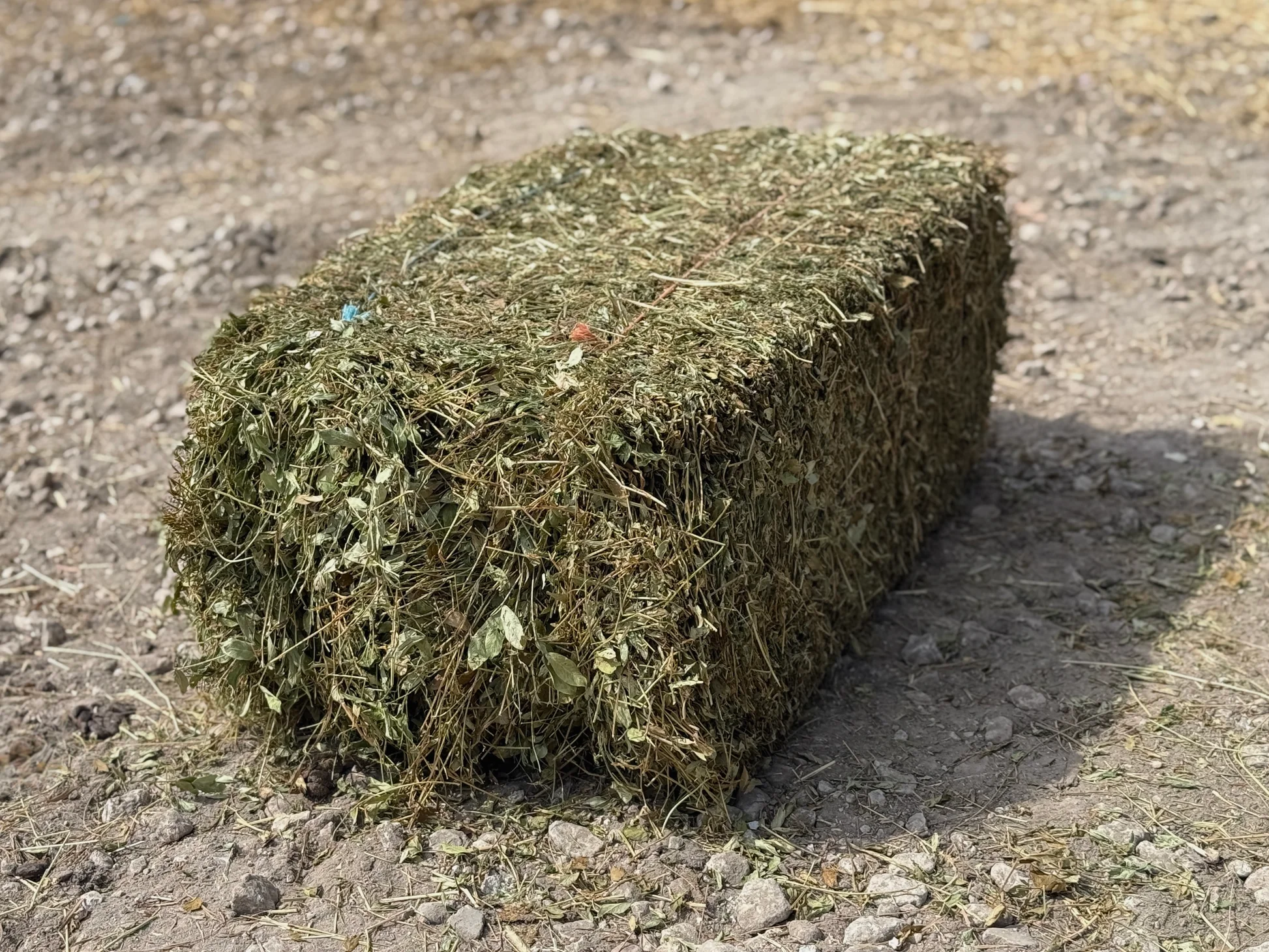

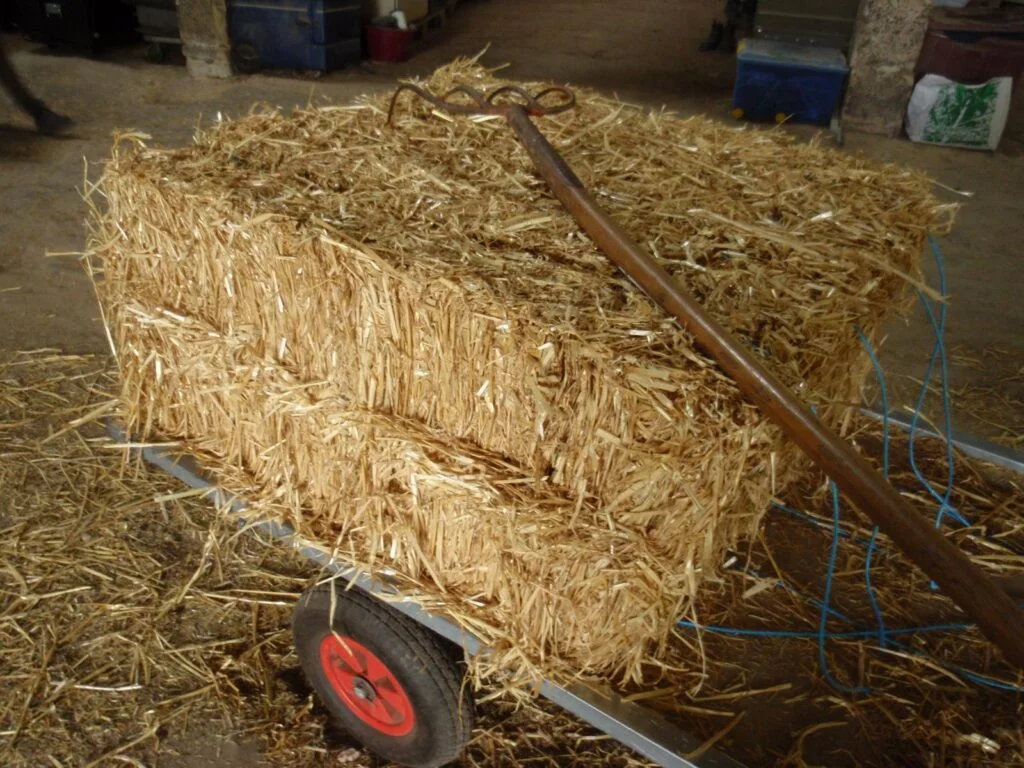
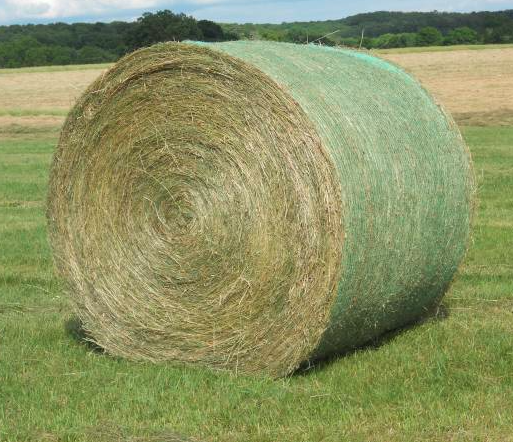
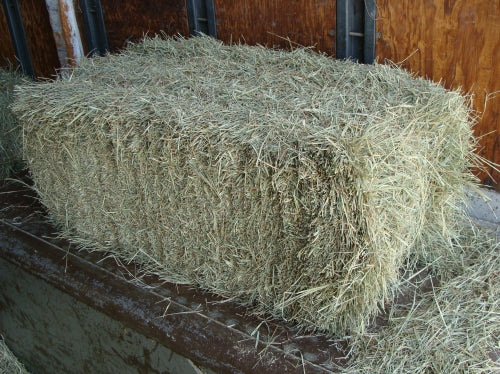


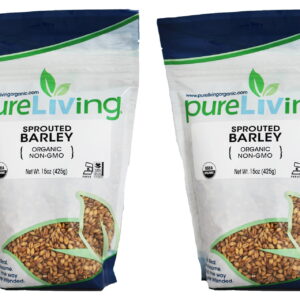
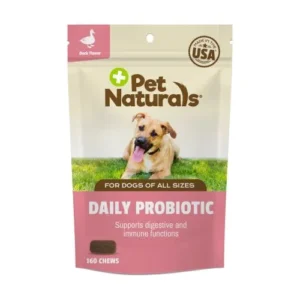


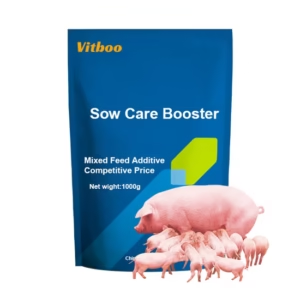
Reviews
There are no reviews yet.